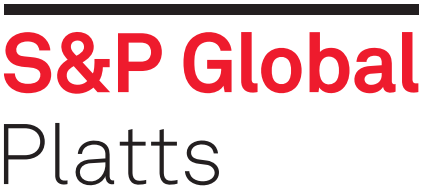
Polish steel billet, bar and rebar producer Cognor warned Wednesday that the fallout from the coronavirus pandemic such as greater sickness rates, customers shutting down or going bankrupt, problems with supplies or administrative measures might mean it having to reduce or halt operations.
In 2020, Cognor expects demand in all segments of the steel market to fall, with rebar hit the least. The steelmaker is even forecasting a temporary rise in steel demand from the Polish construction sector in the second quarter.
Due to the coronavirus pandemic, it expects GDP to fall in Q2 and the whole of 2020 both in Poland and the EU. However, last year there was no correlation between economic growth and steel production. In 2019, Polish GDP grew 4.0% year on year, while the country’s steel output fell almost 11%. The EU-28’s GDP inched up 1.5%, but its steel production was 5% lower, according to data provided by Cognor.
Cognor does not rule out the cost of electric arc furnace production becoming less competitive than blast furnace production this year despite the likely drop in power prices because of the economic slowdown. During the most of 2019, EAF feedstock was cheaper than that for blast furnaces due to ferrous scrap prices falling more than those of iron ore and coking coal since Q2 2018.
The steelmaker said it used its capacity to the maximum last year, with sales volumes only 1% lower year on year, but revenue dropped 8.7% to Zloty 1.9 billion ($455 million), which was partly a result of a greater share of billet and a lower share of value-added products in the company’s portfolio. Its EBITDA almost halved last year to Zloty 101 million.
In 2019, Cognor sold 141,850 mt of scrap, down 18% year on year. Its steel billet sales soared by 32% to 185,000 mt, while rolled steel sales fell 4.5% to 476,000 mt. Cognor sold almost 70% of its steel products (billets and rolls) in Poland. Germany was its second largest market on a 14% share. A quarter of its output was absorbed by the automotive, 30% by the construction and 11% by the engineering sectors.
— Ekaterina Bouckley




